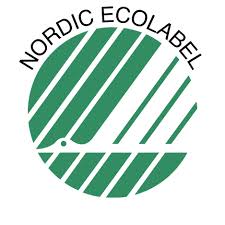Week 12 - Materials
2. Green Materials

How can we make the correct decisions about material choice ? Green building materials are "those that use the Earth's resources in an environmentally responsible way" (Speigel & Meadows, 1999). The desired characteristics of materials and products to be used in green buildings include:
- High recycled content
- reused building materials
- Locally/regionally sourced products
- Certified wood products
- Wood products made from rapidly renewable resources
However, problems in materials selection occur when we try to prioritise these attributes and also when we include the fate of the material at the end of its service.
There are no clear guidelines as to the criteria for "green" materials. This may simply mean that the product is locally sourced or may consider the potential indoor air quality from a material's emissions as measures. In some countries, Ecolabels may be used to designate them as being preferable on the basis of consensus standards that address each type of building product, e.g Blue Angel, Germany. The ecolabel "Blue Angel" has been applied on 11500 products, covering 90 different categories. This classification means the efficient use of fossil fuels, the reduction of GHG emissions and a reduction of the consumption of non-renewable raw materials. This classification is reviewed every three years. In Germany alone, there are currently 99 different ecolabels (click here for link) with a fairly diverse yet environmental focus.
 The use of an ecolabel implies the respect for a set of environmental procedures dependent of each product, e.g. construction steel with the ecolabel must contain 50% recycled materials. Generally, ecolabels do not provide information about the impact of transportation and therefore do not provide a comprehensive environmental assessment.
The use of an ecolabel implies the respect for a set of environmental procedures dependent of each product, e.g. construction steel with the ecolabel must contain 50% recycled materials. Generally, ecolabels do not provide information about the impact of transportation and therefore do not provide a comprehensive environmental assessment.
Ecolabels have been in existence for 30 years and offer a quick assessment of environmental performance. However, they are not as comprehensive as Life Cycle Analysis (LCA) and have not been well adapted. One current disadvantage of these schemes is the small range of products currently covered which makes fair comparisons difficult. LCA is a tool which provides information about a product from its manufacture to its disposal, including resources used and emissions generated. The LCA process generally puts a greater emphasis on the reduction of energy with a climate change focus. Other opinions may focus more on recycling products regardless of energy inputs.